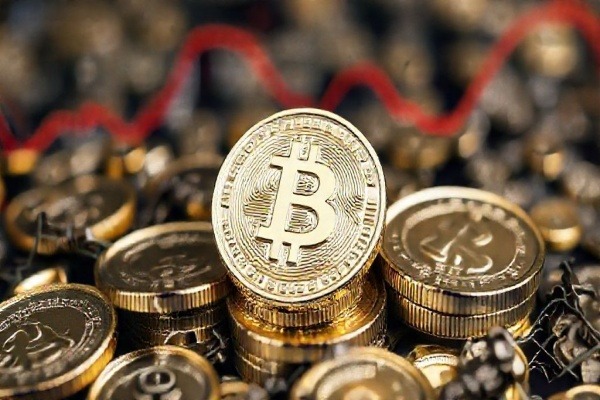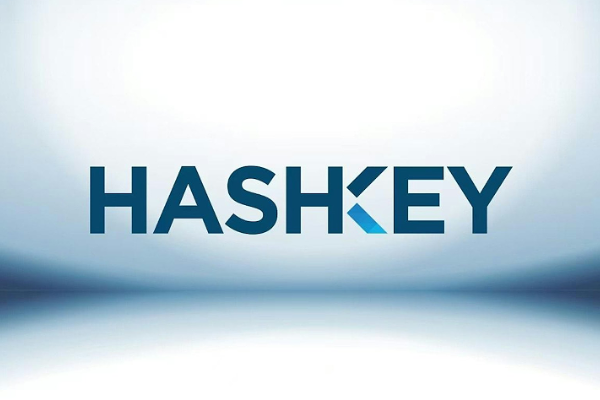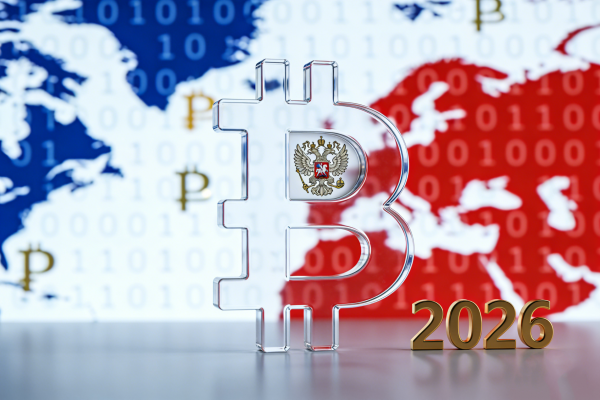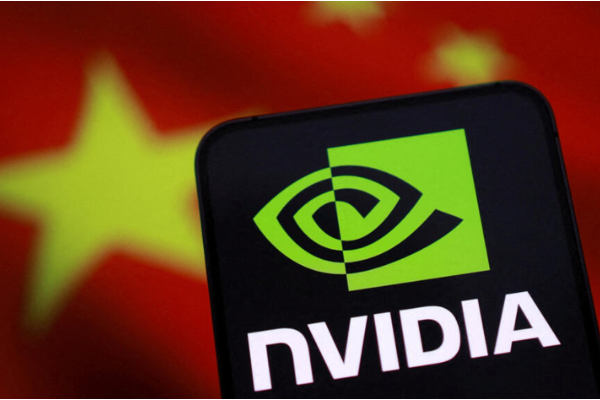Ant Digits opens up its core technologies to help Hong Kong build a global digital asset innovation center
After the Hong Kong SAR government issued the "Digital Asset Development Policy Declaration 2.0", Ant Digits announced today that it will fully open its four self-developed core technologies to the Hong Kong market, covering Layer2 networks, large model development tools, "blockchain + IoT" trusted architecture and institutional-level Web3 wallet solutions. This move not only demonstrates Ant Digits' leading strength in the field of digital technology, but also reflects its active response and in-depth participation in Hong Kong's construction of a global digital asset innovation center.
Ant Digits said that as an active promoter of global digital financial technology, the company will rely on its years of accumulation in blockchain, artificial intelligence and security technology to provide full-stack digital asset technology services to local financial institutions, Web3 companies and government departments in Hong Kong, and promote the security, compliance and innovative development of digital assets.
According to reports, the four key technologies opened this time have highly mature usability and industry implementation experience. Among them, the Layer2 network solution has supported multiple high-frequency transactions and cross-chain asset management scenarios, taking into account performance and compliance requirements; the large model development tool focuses on core tasks such as automatic generation of smart contracts and digital identity recognition, accelerating the integration of AI and blockchain; the "blockchain + IoT" trusted architecture supports the trusted data flow in cross-border supply chains, smart cities and other fields; the institutional-level Web3 wallet system provides multi-signature management, permission stratification and audit support, and fully meets international security and compliance standards.
The relevant person in charge of Ant Digital pointed out that Hong Kong, as an important hub connecting global finance and technology, is accelerating the implementation of emerging applications such as tokenization, stablecoins, and RWA (real world assets), which has put forward higher requirements for underlying technologies. "With this technical opening, we not only hope to inject underlying power into the industry, but also look forward to working closely with local regulators, enterprises, and developer ecosystems in Hong Kong to jointly expand the new boundaries of digital assets."









